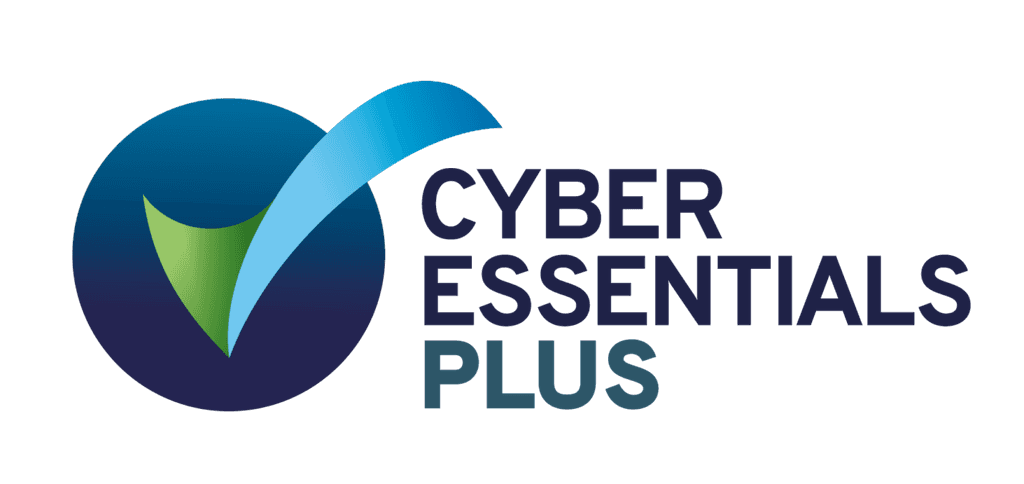16 May 2025
Housing
Project requirements
As part of the wider Suffolk-wide Private Rented Sector (PRS) Pathfinder Programme, Safe Suffolk Renters (SSR) commissioned a programme of HHSRS inspections to verify and enhance the understanding of local PRS housing conditions. This initiative was designed to confirm the housing stock condition modelling (HSCM) findings on a sample basis across the five Suffolk authorities.
RHE Global was appointed to manage and deliver the full inspection programme, providing operational direction and inspection management, reporting and administrative oversight.
The HHSRS Validation Inspection Services project had several key aims:
Undertake proactive inspections of PRS properties in identified ‘Impact Areas’ to verify the presence and nature of category 1 and 2 hazards under the Housing Health and Safety Rating System (HHSRS)
Confirm the outputs of the HSCM exercise by comparing dwelling-level survey findings and tenure information with the HSCM data
Update the Suffolk PRS database with on-site survey evidence to strengthen the local authority’s intelligence-led enforcement capabilities
Ensure inspections were conducted to the highest legal, ethical and professional standards.
The results of this project were intended to guide immediate enforcement action, support future intervention strategies to inform an up-to-date and robust evidence base for longer-term PRS improvement initiatives.
Project delivery
RHE Global provided full end-to-end support in delivering the HHSRS Validation Inspection Project for SSR, from designing the inspection framework through to managing the HHSRS surveys, coordinating assessors and compiling outcomes into approved housing information.
The project began with the development of a detailed delivery plan and methodology. RHE worked closely with SSR to devise the inspection programme’s scope, setting clear objectives and defining what success would look like. The timeline was aligned with the wider Suffolk Pathfinder Programme, with key milestones built in to monitor progress, manage risk and adjust the schedule as needed. The inspection model was structured to confirm compliance with relevant legal requirements.
Targeting the ‘Impact Areas,’ SSR and RHE created a list of properties for inspection, focusing on locations and housing types most likely to present hazards. Using our digital inspection tool, The Housing App, we captured real-time data on potential hazards, recorded photographic evidence and scored hazards based on likelihood of harm and potential outcomes. This informed the allocation of inspections and regions to direct stretched resources to where they would achieve the greatest impact.
RHE was responsible for all operational coordination, which included arranging inspection dates and routes, managing logistics and liaising with relevant persons to secure access and respond to queries. A team of HHSRS-qualified assessors was appointed by RHE and managed throughout the project, with RHE ensuring that they were fully briefed and that inspections were conducted consistently across the five local authority areas.
Each inspection involved a full on-site HHSRS assessment, identifying and recording any category 1 or 2 hazards present, along with any other relevant issues affecting the condition or safety of the property. Where immediate risks to tenant health or safety were noted, such as dangerous electrics or severe damp and mould, RHE made urgent referrals directly to SSR enforcement teams to enable swift action. Regular spot checks and audits were carried out on assessments, and legal reviews were conducted, where required, to establish that all findings and referrals aligned with current legislation and best practice.
Throughout the project, RHE maintained a close relationship with SSR through weekly project briefings. These sessions provided a structured forum to discuss emerging risks, share early findings and coordinate follow-up actions. They also allowed the project to remain responsive to local authority needs as circumstances evolved. Once each inspection phase was complete, RHE compiled and analysed the resulting data. Findings were compared with the HSCM model predictions to validate or, where needed, refine the housing condition knowledge already in place.
The combined programme of 267 HHSRS surveys and external inspections identified 367 hazards, including 184 Category 1 risks, with excess cold as the most common (60%). Scheduled appointment access rates were high; however, ‘on spec’ inspections had lower engagement. Condition survey modelling showed 68% overall accuracy, performing well for excess cold (70%) but less reliably for falls (54%).
Project outcomes
Through the proactive inspections, dwelling-level surveys collecting housing condition and tenure data was gathered and compared directly against the HSCM predictions. This validation process imparted essential assurance that the model outputs were statistically accurate to guide future enforcement action. In cases where discrepancies were present, the inspections allowed immediate updates to the stock database, improving its accuracy and strengthening Suffolk’s ability to prioritise high-risk properties effectively.
Properties where Category 1 hazards were identified were immediately referred to the SSR enforcement teams, triggering action to protect tenant health and well-being. This intelligence-led, proactive approach meant that risks to tenants were reduced before complaints escalated, and properties were brought back into a safe condition more rapidly.
Beyond the direct impacts on individual properties, the project facilitated the development of resilient risk profiles across Suffolk’s PRS. With the inspection findings updated into the HSCM database, local authorities could plan future enforcement campaigns with much greater accuracy, targeting interventions at areas and property types most likely to present health and safety risks. While survey and modelling methods gave valuable insights, limitations included varying access and the mixed use of full and partial assessments due to these access constraints. Despite these limitations, the findings provide a valuable basis for prioritising interventions and give guiding evidence-based survey data that refines predictive modelling approaches, to inform proactive enforcement strategies.
If you would like to learn more about our evaluation, policy or other regulatory consultancy services, please contact us. We’d be pleased to discuss how we can support your work.



